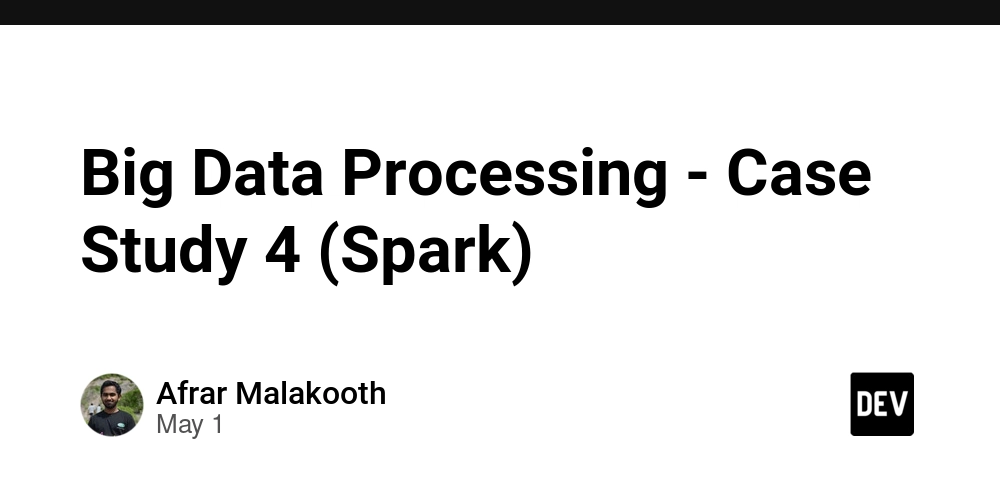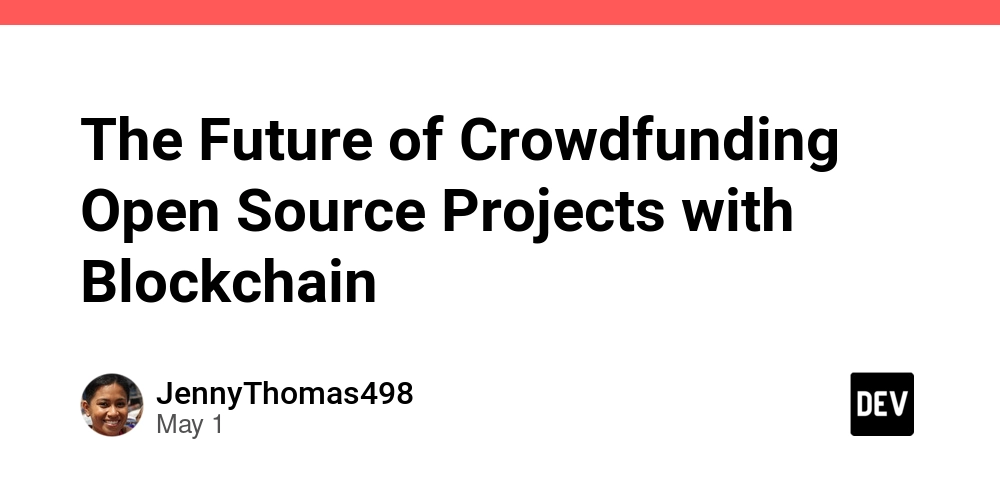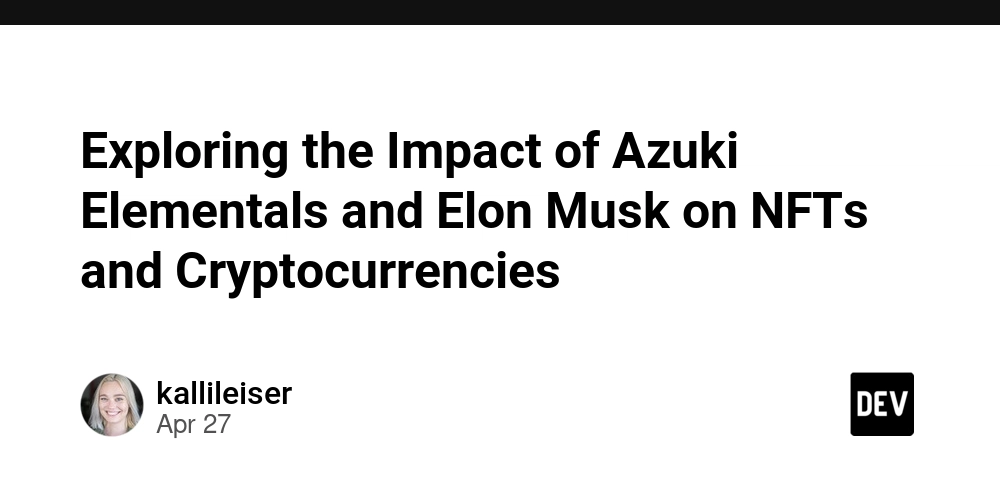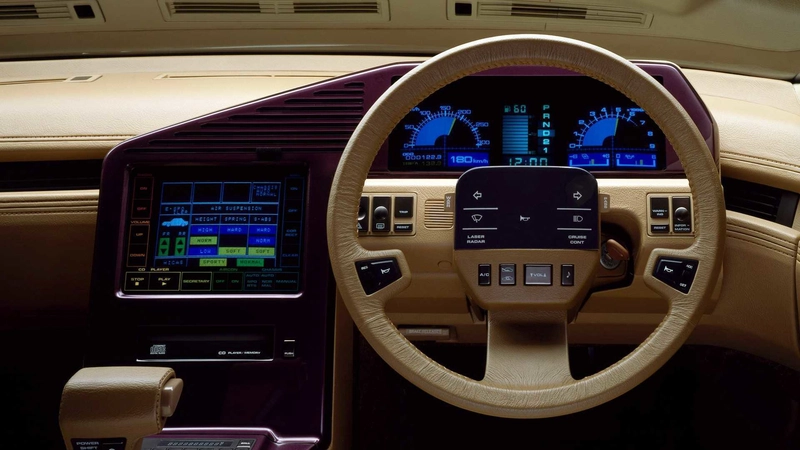5 Unconventional Ways I’m Using AI Website Tools (That They Weren’t Designed For)
When I first stumbled upon AI website builders, I was just looking for a simple way to create a professional site without learning to code. As someone with minimal technical experience, platforms like Biela that transform plain English descriptions into functional websites seemed almost magical. But after a few weeks of experimentation, I’ve discovered that these tools can do much more than their creators likely intended. Here are five unconventional ways I’ve been using AI website builders that have completely changed my digital workflow. Rapid Prototyping for Client Presentations Instead of spending hours creating mockups in design software, I now use AI website tools to generate complete functional prototypes in minutes. When meeting with potential clients, I can quickly transform their ideas into tangible websites during our conversation. “I need a photography portfolio with dark themes and image galleries.” Boom — a working prototype appears. The client’s reaction when they see their concept materialized so quickly is always priceless. It’s revolutionized my presentation process and significantly increased my conversion rate. Teaching My Parents Digital Literacy My 68-year-old mother wanted to create a blog to share her gardening tips, but traditional website builders overwhelmed her. Using an AI platform, I showed her how to simply describe what she wants, and the technology handles the technical aspects. She’s now independently maintaining her website by “talking” to the AI rather than navigating complex menus or learning HTML. This approach has opened digital creation to a generation that often feels left behind by technology. Creating Interactive Learning Materials As someone interested in educational content, I’ve found that AI website builders can quickly generate interactive learning modules. By describing scenarios like “Create a page with interactive flashcards about European capitals,” I can produce educational resources in minutes rather than hours. I’ve been building a small library of these modules for my nephew who struggles with traditional learning methods. The speed of creation means I can customize content based on his specific interests each week. Experimental Digital Art Projects This was completely unexpected, but I’ve discovered that by giving abstract, unusual prompts to the AI, it sometimes creates fascinating web-based art pieces: “Create a flowing canvas where text disintegrates into particles that reform based on mouse movements.” The results aren’t always usable, but occasionally they’re stunning. I’ve started collecting these digital experiments as a growing art project that explores the creative boundaries between human direction and machine interpretation. Competitive Analysis Simulations Perhaps my most strategic use: I describe competitors’ businesses to the AI and see what kind of website it generates. This gives me fascinating insights into how an objective system interprets their market positioning and visual identity. These AI-generated interpretations often reveal aspects of branding and user experience that weren’t obvious to me through traditional competitive analysis. It’s like getting a fresh perspective from a digital consultant. The Future Is Conversational Creation What fascinates me most about these tools is how they’re changing my relationship with digital creation. Rather than learning technical skills or navigating complex interfaces, I’m having conversations that result in functional digital assets. If you’re curious about exploring these possibilities yourself, Biela is currently offering free access until May 15th. They’re also running a competition with impressive cash prizes, including a first prize of $10,000 for the best AI-generated website project. You can register through register.kim if you’d like to experiment. Beyond Just Websites The implications of this technology extend far beyond simple website creation. We’re witnessing the early stages of a fundamental shift in how humans interact with and create digital content. The barrier between imagination and implementation is becoming increasingly transparent. I’m still discovering new applications weekly, and I’d love to hear how others are using these tools in unexpected ways. The most exciting innovations often come from using technology for purposes its creators never envisioned. What unconventional uses have you found for AI tools?
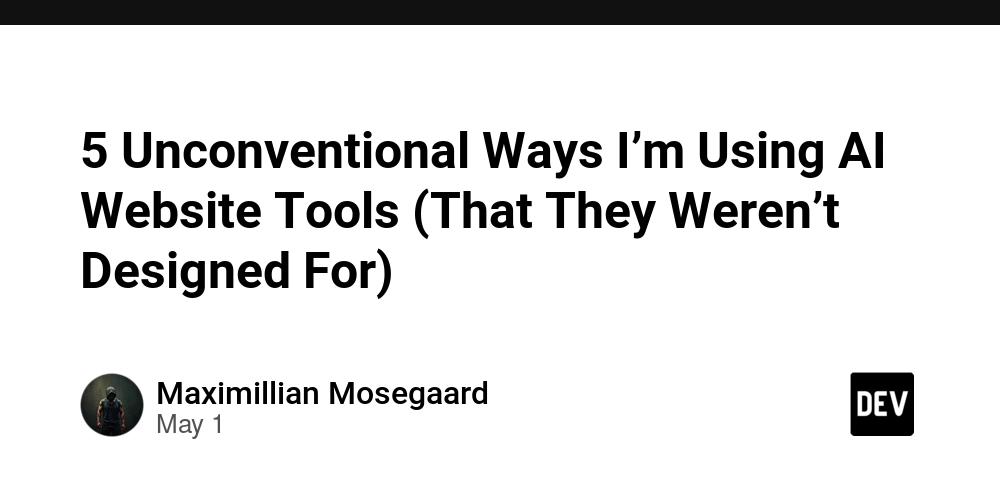
When I first stumbled upon AI website builders, I was just looking for a simple way to create a professional site without learning to code. As someone with minimal technical experience, platforms like Biela that transform plain English descriptions into functional websites seemed almost magical.
But after a few weeks of experimentation, I’ve discovered that these tools can do much more than their creators likely intended. Here are five unconventional ways I’ve been using AI website builders that have completely changed my digital workflow.
- Rapid Prototyping for Client Presentations
Instead of spending hours creating mockups in design software, I now use AI website tools to generate complete functional prototypes in minutes. When meeting with potential clients, I can quickly transform their ideas into tangible websites during our conversation.
“I need a photography portfolio with dark themes and image galleries.”
Boom — a working prototype appears. The client’s reaction when they see their concept materialized so quickly is always priceless. It’s revolutionized my presentation process and significantly increased my conversion rate.
- Teaching My Parents Digital Literacy
My 68-year-old mother wanted to create a blog to share her gardening tips, but traditional website builders overwhelmed her. Using an AI platform, I showed her how to simply describe what she wants, and the technology handles the technical aspects.
She’s now independently maintaining her website by “talking” to the AI rather than navigating complex menus or learning HTML. This approach has opened digital creation to a generation that often feels left behind by technology.
- Creating Interactive Learning Materials
As someone interested in educational content, I’ve found that AI website builders can quickly generate interactive learning modules. By describing scenarios like “Create a page with interactive flashcards about European capitals,” I can produce educational resources in minutes rather than hours.
I’ve been building a small library of these modules for my nephew who struggles with traditional learning methods. The speed of creation means I can customize content based on his specific interests each week.
- Experimental Digital Art Projects
This was completely unexpected, but I’ve discovered that by giving abstract, unusual prompts to the AI, it sometimes creates fascinating web-based art pieces:
“Create a flowing canvas where text disintegrates into particles that reform based on mouse movements.”
The results aren’t always usable, but occasionally they’re stunning. I’ve started collecting these digital experiments as a growing art project that explores the creative boundaries between human direction and machine interpretation.
- Competitive Analysis Simulations
Perhaps my most strategic use: I describe competitors’ businesses to the AI and see what kind of website it generates. This gives me fascinating insights into how an objective system interprets their market positioning and visual identity.
These AI-generated interpretations often reveal aspects of branding and user experience that weren’t obvious to me through traditional competitive analysis. It’s like getting a fresh perspective from a digital consultant.
The Future Is Conversational Creation
What fascinates me most about these tools is how they’re changing my relationship with digital creation. Rather than learning technical skills or navigating complex interfaces, I’m having conversations that result in functional digital assets.
If you’re curious about exploring these possibilities yourself, Biela is currently offering free access until May 15th. They’re also running a competition with impressive cash prizes, including a first prize of $10,000 for the best AI-generated website project. You can register through register.kim if you’d like to experiment.
Beyond Just Websites
The implications of this technology extend far beyond simple website creation. We’re witnessing the early stages of a fundamental shift in how humans interact with and create digital content. The barrier between imagination and implementation is becoming increasingly transparent.
I’m still discovering new applications weekly, and I’d love to hear how others are using these tools in unexpected ways. The most exciting innovations often come from using technology for purposes its creators never envisioned.
What unconventional uses have you found for AI tools?




























![Epic Games Wins Major Victory as Apple is Ordered to Comply With App Store Anti-Steering Injunction [Updated]](https://images.macrumors.com/t/Z4nU2dRocDnr4NPvf-sGNedmPGA=/2250x/article-new/2022/01/iOS-App-Store-General-Feature-JoeBlue.jpg)

















































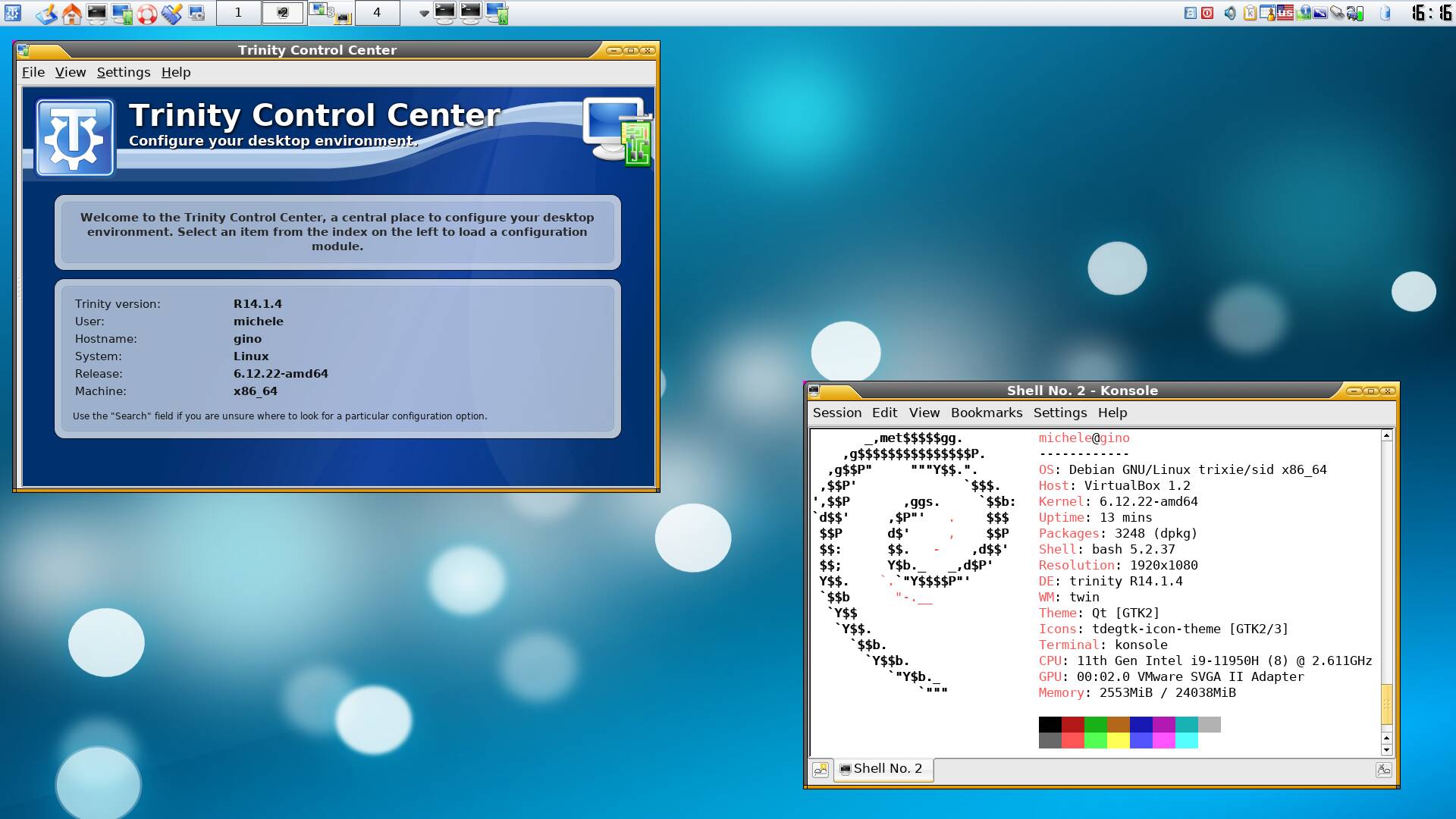

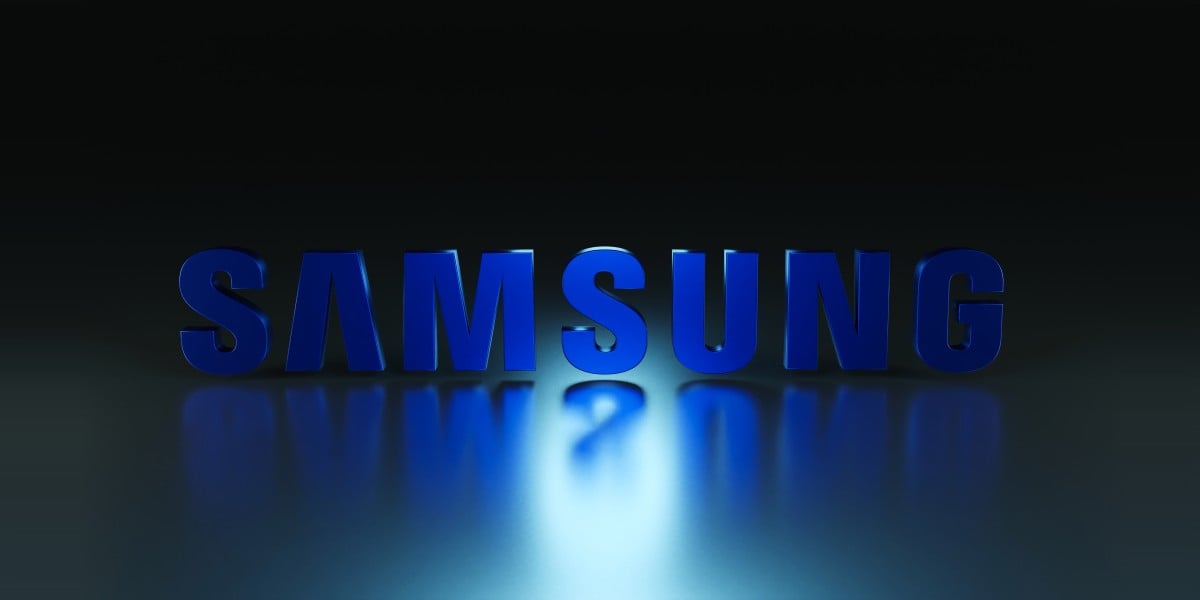
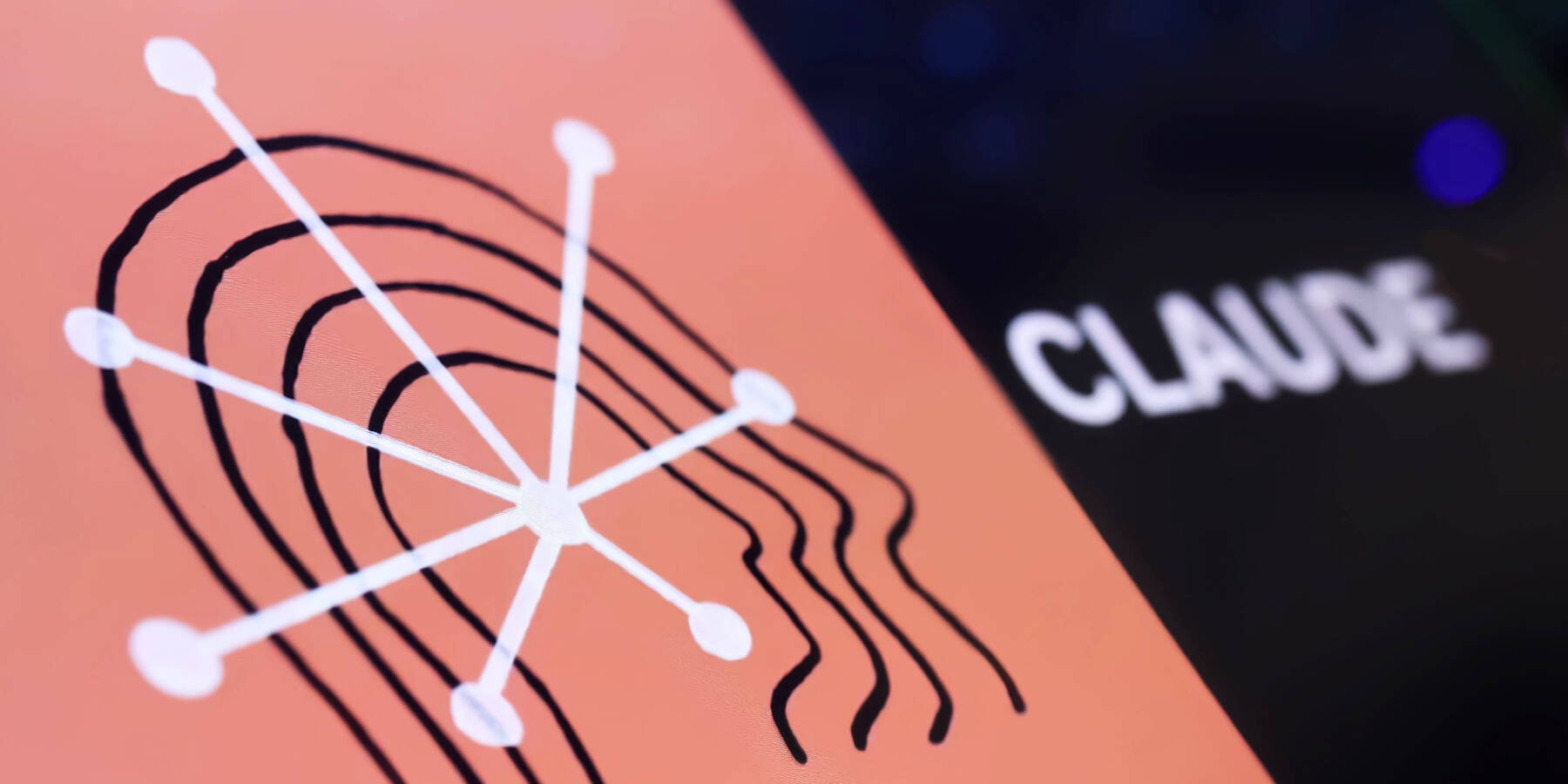








![Google Home app fixes bug that repeatedly asked to ‘Set up Nest Cam features’ for Nest Hub Max [U]](https://i0.wp.com/9to5google.com/wp-content/uploads/sites/4/2022/08/youtube-premium-music-nest-hub-max.jpg?resize=1200%2C628&quality=82&strip=all&ssl=1)





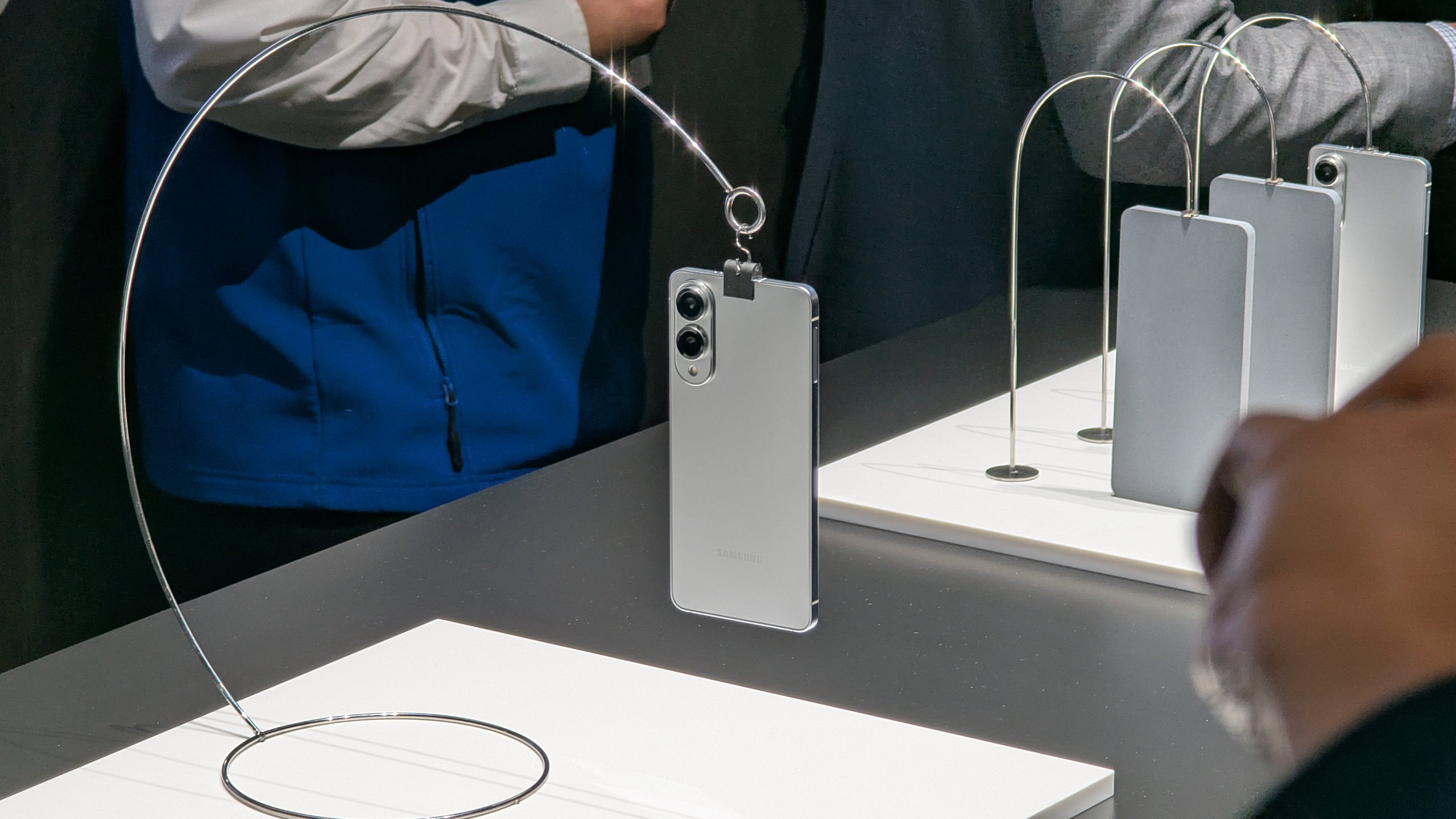













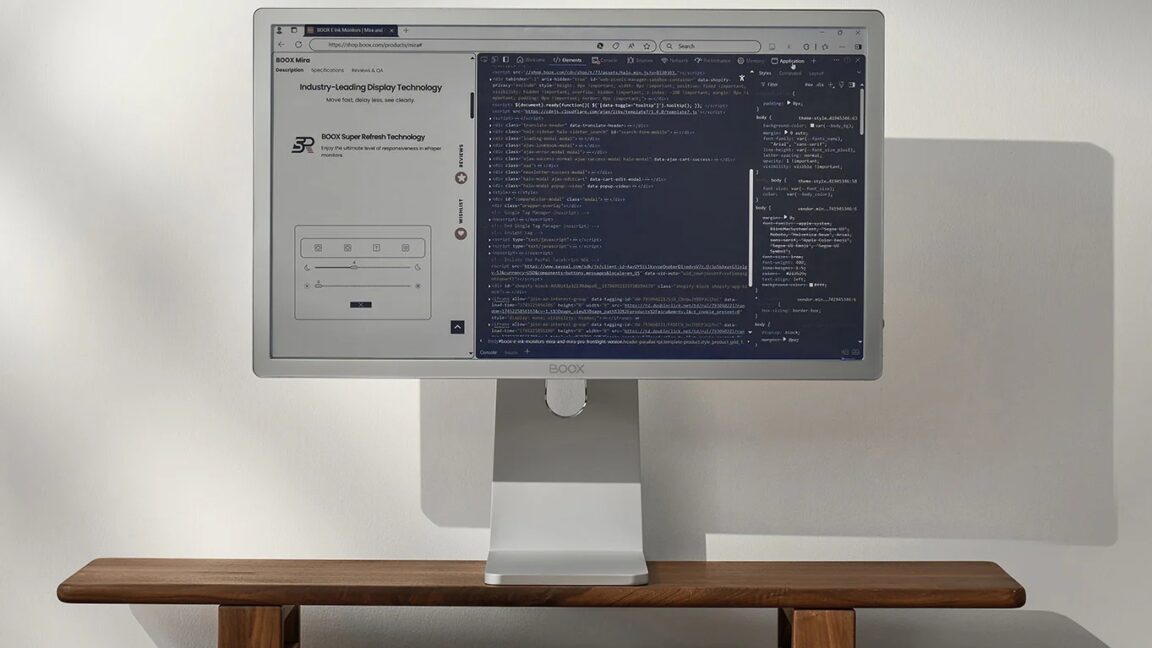





































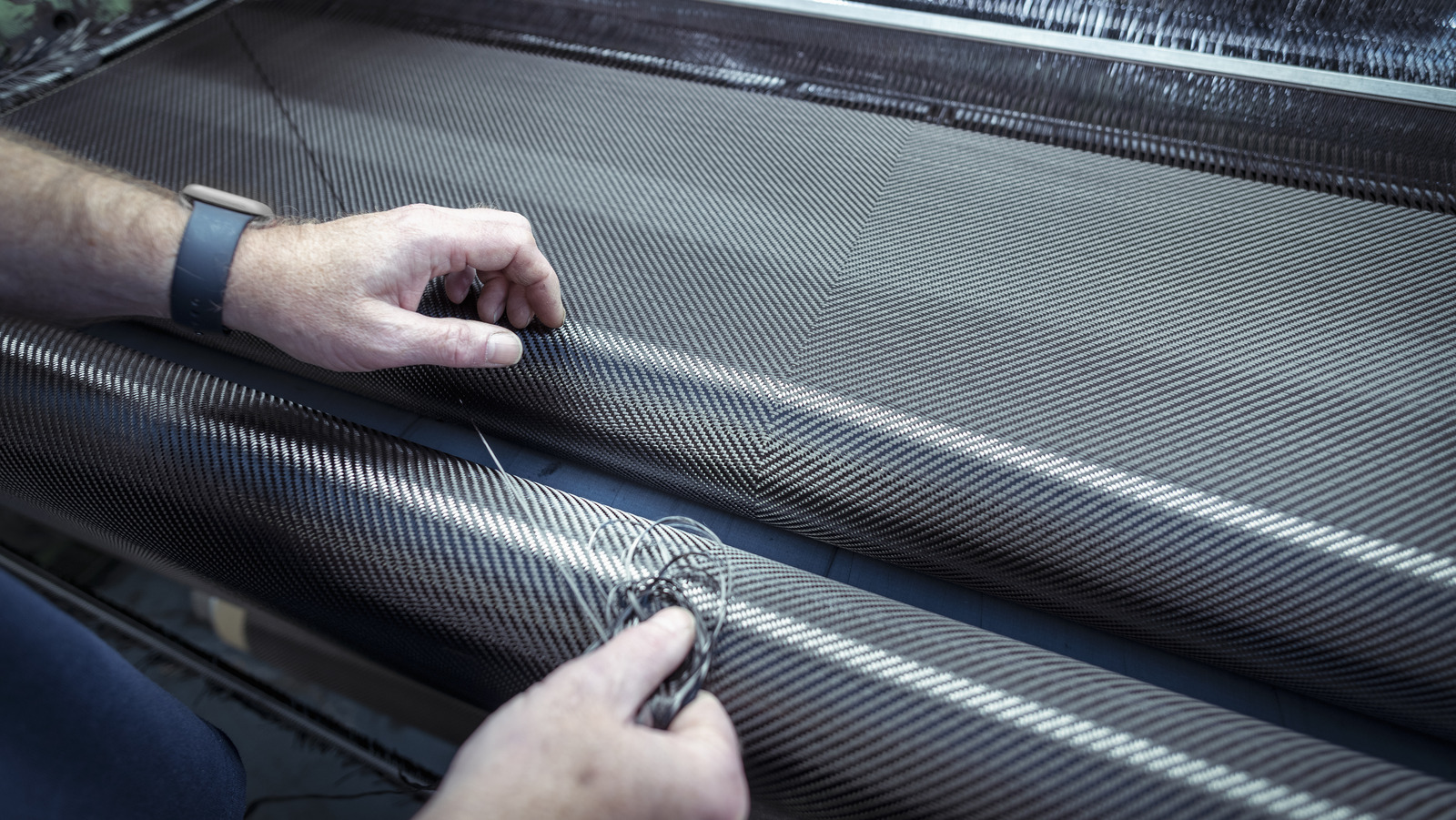
































.webp?#)






























































































































![[The AI Show Episode 145]: OpenAI Releases o3 and o4-mini, AI Is Causing “Quiet Layoffs,” Executive Order on Youth AI Education & GPT-4o’s Controversial Update](https://www.marketingaiinstitute.com/hubfs/ep%20145%20cover.png)


















































































































